As a Micro Four Thirds camera user, I have been doing all my shooting on an Olympus OM-D E-M1 Mark II for the past four years. My focus is primarily photography but in the past few years I have been recording a lot more video in the form of my range VLOGs.
I have been using my E-M1 Mark II for video as well as photography and have found myself needing to do quite a few multi-camera video segments. I have an E-M10 Mark II which does not have 4K capabilities.
I have leveraged my GoPro Hero 7 and Hero 9 as secondary cameras for my Range VLOGs, but I have not liked them in the multi-camera setups I need them for (although they are great action cameras).
So I decided to pick up another Micro Four Thirds body in the form of the Panasonic LUMIX GH5.
Those familiar with cameras are probably wondering why I bought a four-year old camera considering the GH5 was released back in March 2017.
The fact is that I am on the MFT platform and I couldn’t justify jumping back into one of the more advanced full frame cameras. I was seriously considering the Canon R5 but after calculating the costs for the body and a couple of the lenses I would need, it was just too much money to invest when I am not doing any real commercial work in the photography space to justify the capabilities of the R5.
I have sold stock photography and have been commissioned for product photography while using Micro Four Thirds and all my customers were more than satisfied with the final deliverables.
That being said, I am still an MFT shooter and have plenty of great MFT lenses and it made sense to just get another MFT camera for more video use. Before committing to the GH5, I looked into getting the Olympus OM-D E-M1 Mark III since it uses the same batteries as the E-M1 Mark II, and I really like Olympus for photography.
But I looked at the GH5 and while I have not used a GH5, it is well renowned for its video capabilities. This in combination with the fact that the E-M1 Mark III does not have any significant improvements over the Mark II swayed me towards the GH5.
After using the GH5 for just a few weeks, I regret not getting the GH5 much sooner for video use.
This write-up is not meant to be a review since the GH5 has been out for a long time and there’s plenty written and recorded on this camera. But I did want to give some of my thoughts of this camera.
I will admit right now that I am still very unskilled in the video production area. I know just enough video editing to cut and splice footage to produce VLOGs, but my color grading skills are ‘noobish’ at best.
But the GH5 definitely produces way better video than the E-M1 Mark II out of the camera. Maybe I am just using the wrong settings on the E-M1 Mark II, but the dynamic range seems far better in the GH5 especially when shooting in V-log (video logarithmic gamma curve developed by Panasonic).
Note that in my editing, the V-log shot footage is still somewhat flat even with the V-709 LUT applied. But I immediately noticed how I’m clipping less in situations where I’m under shaded cover and the areas still in frame that are fully lit by harsh sunlight are not blown out, and that I can pull shadows to level the scene out. I just need to work on keeping contrast and bringing out colors more in video.
One notable item with the GH5 is that I needed to get faster SD cards to handle the 10-bit 4K video recording at 400 Mbits/sec.
The video controls and settings were relatively simple to figure out, but the photography controls are another story.
I tend not to read the manuals for a camera since a camera is a camera, right? When I took it out to a local military air museum to take my first still photos with the GH5, I was trying to figure out why I couldn’t select ISO 200. I ended up looking on my phone how to set the ISO, but all the instructions I found indicated the same way I was doing it already.
Then I checked online to very what the base ISO is, and lo and behold the base ISO for the Panasonic LUMIX GH5 is 400. This is different from the Olympus cameras which have a base ISO of 200.
I will say that the Panasonic menu system is a little kludgy compared to Olympus cameras and takes a lot of getting used to. With the Olympus, I can access a lot of the controls for ISO, white balance, exposure compensation, and more with the wheel and stick controls.
With the Panasonic GH5 there is a “quick menu” that can be accessed while on the EVF, but it is slightly more involved in which wheel control you use to adjust a setting such as exposure compensation.
Initially, I was relying on the top buttons to make my exposure adjustments. But after some time using the GH5 for stills, I got the hang of the controls via the EVF.
I will say that I much prefer the Olympus menu system overall and the controls for photography. The controls for video seem a lot more intuitive and this reflects the video-centric strengths of the Panasonic LUMIX GH5 over the Olympus line of Micro Four Thirds cameras.
That being said, I bought the Panasonic LUMIX GH5 strictly for video and will continue to use my Olympus OM-D E-M1 Mark II as my main for photography.
I cannot say that I recommend just anyone to get a GH5 if they want to shoot video. As mentioned at the beginning of this article, the GH5 is four years old and assuming Panasonic releases a revision (GH6?) it will probably be out soon.
I am already a Micro Four Thirds shooter and have many lenses already, so the GH5 is an easier choice for me.
In recap, so far I am quite happy with the Panasonic LUMIX GH5 and wish I bought one sooner because of its video capabilities.

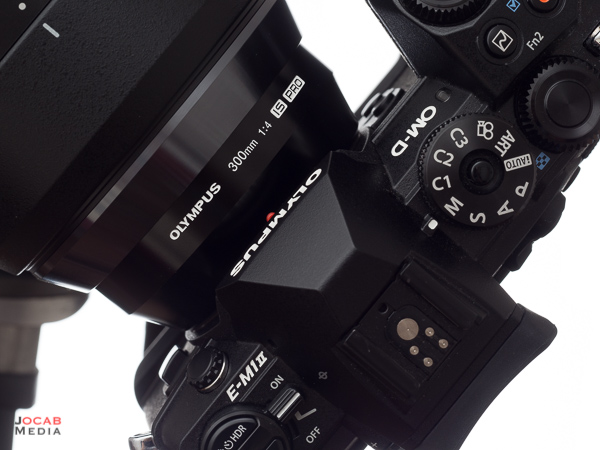
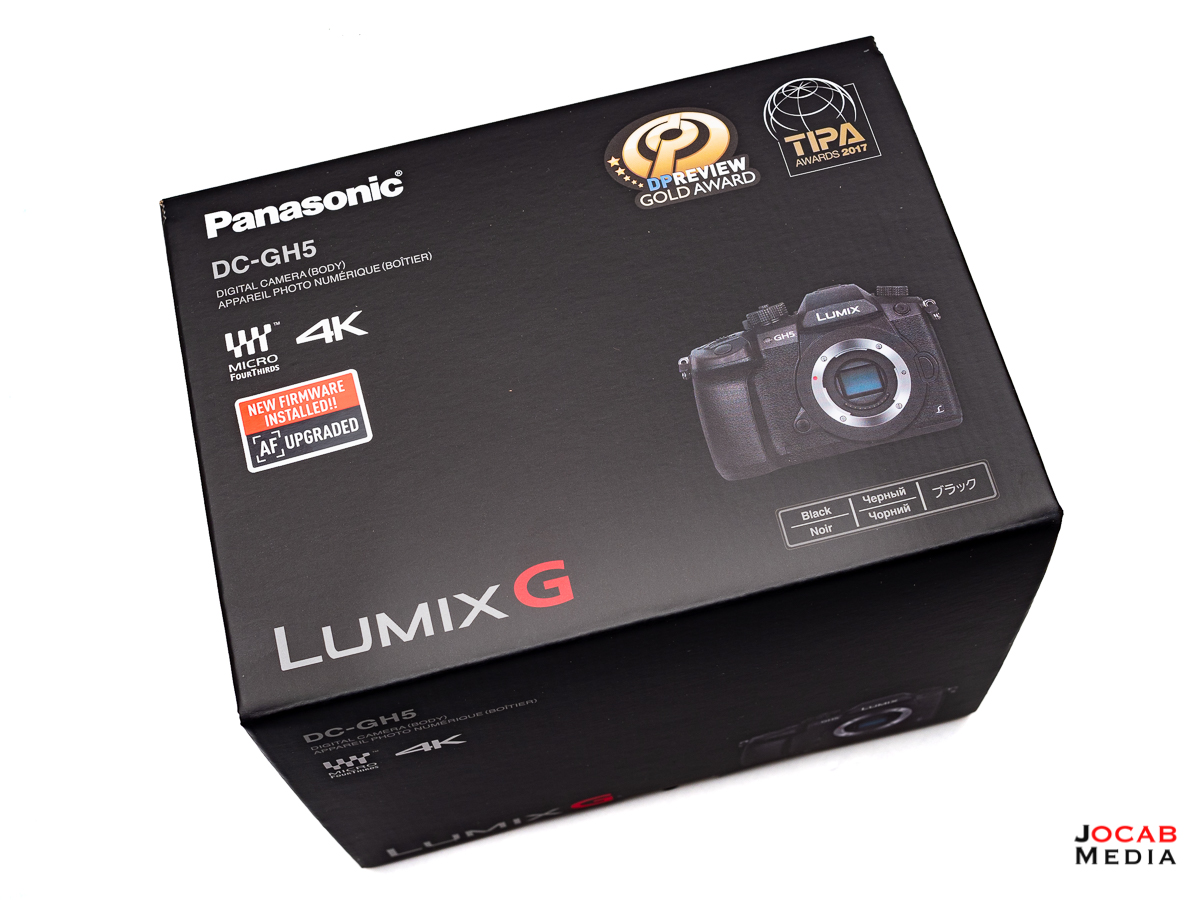
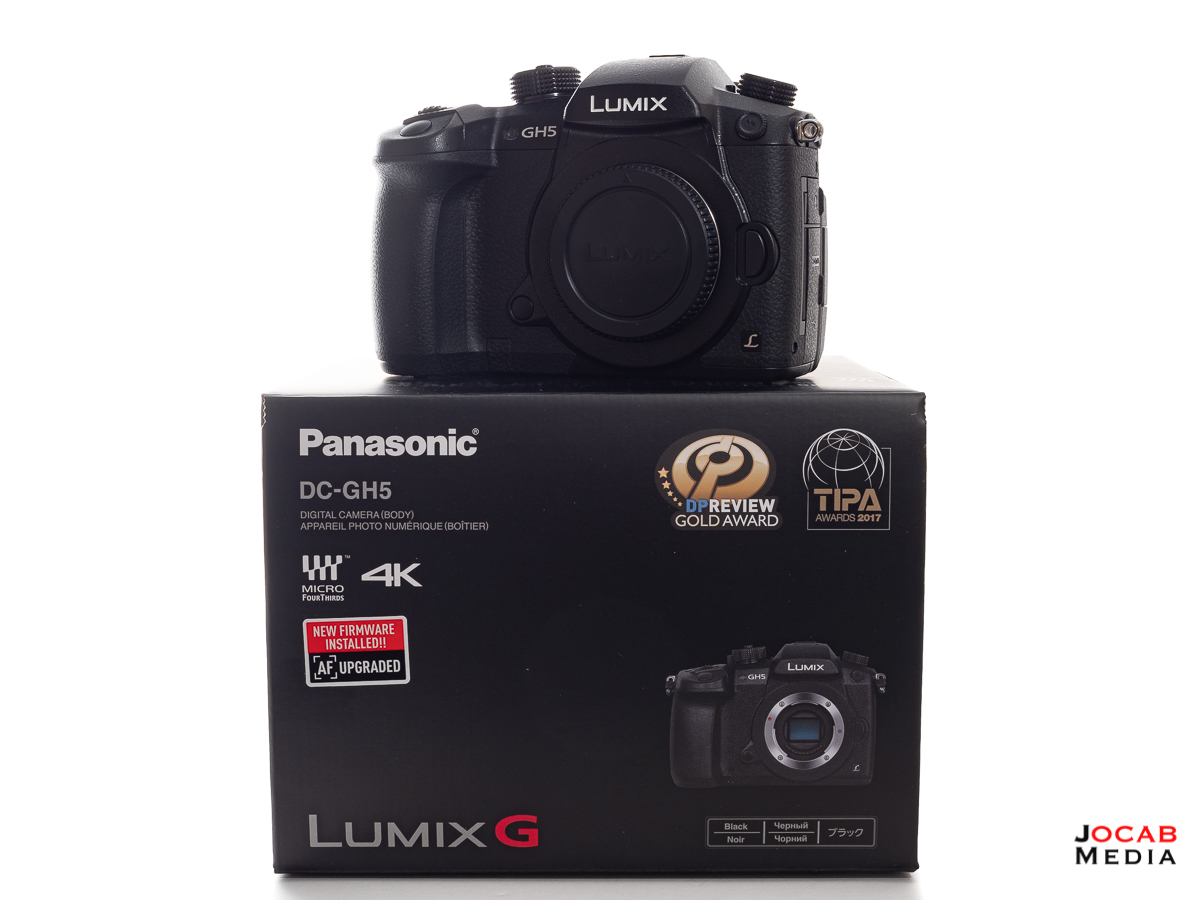
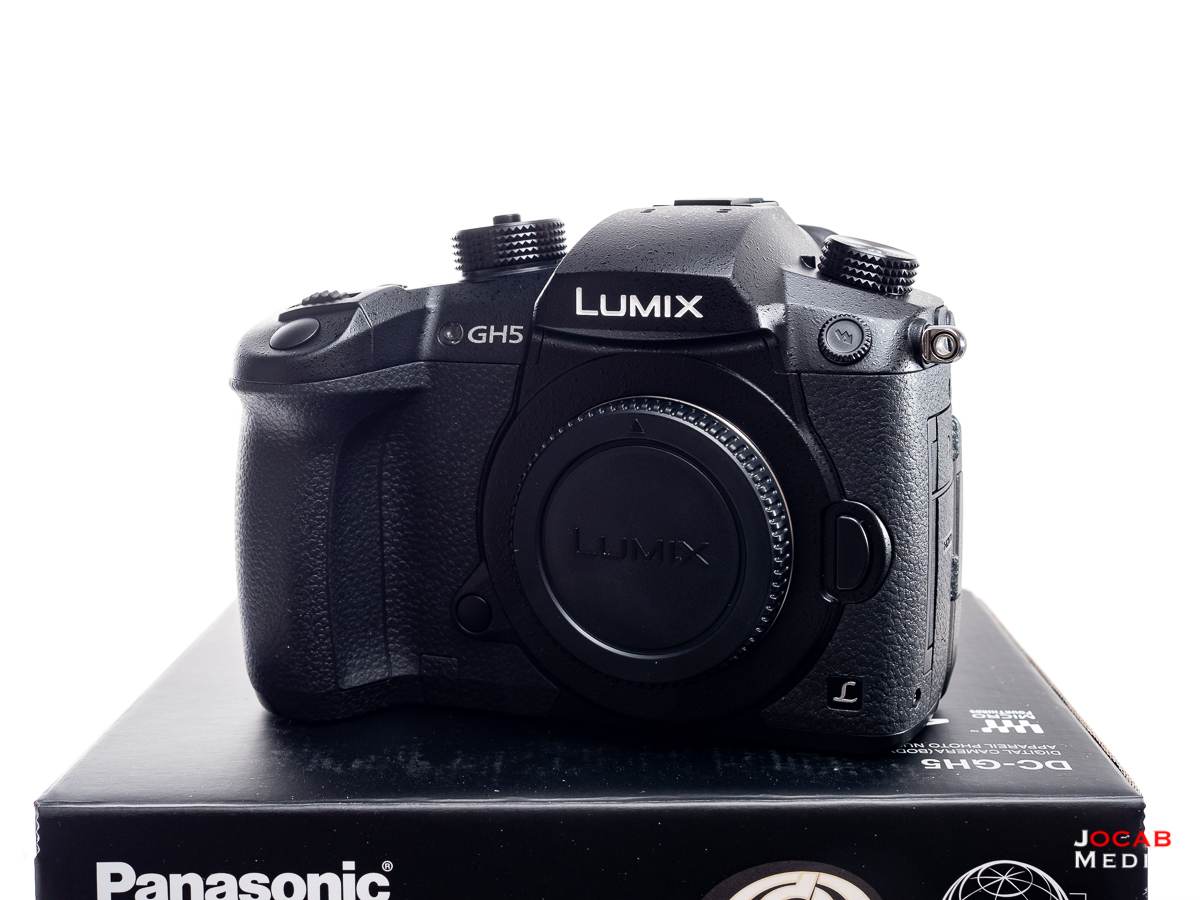
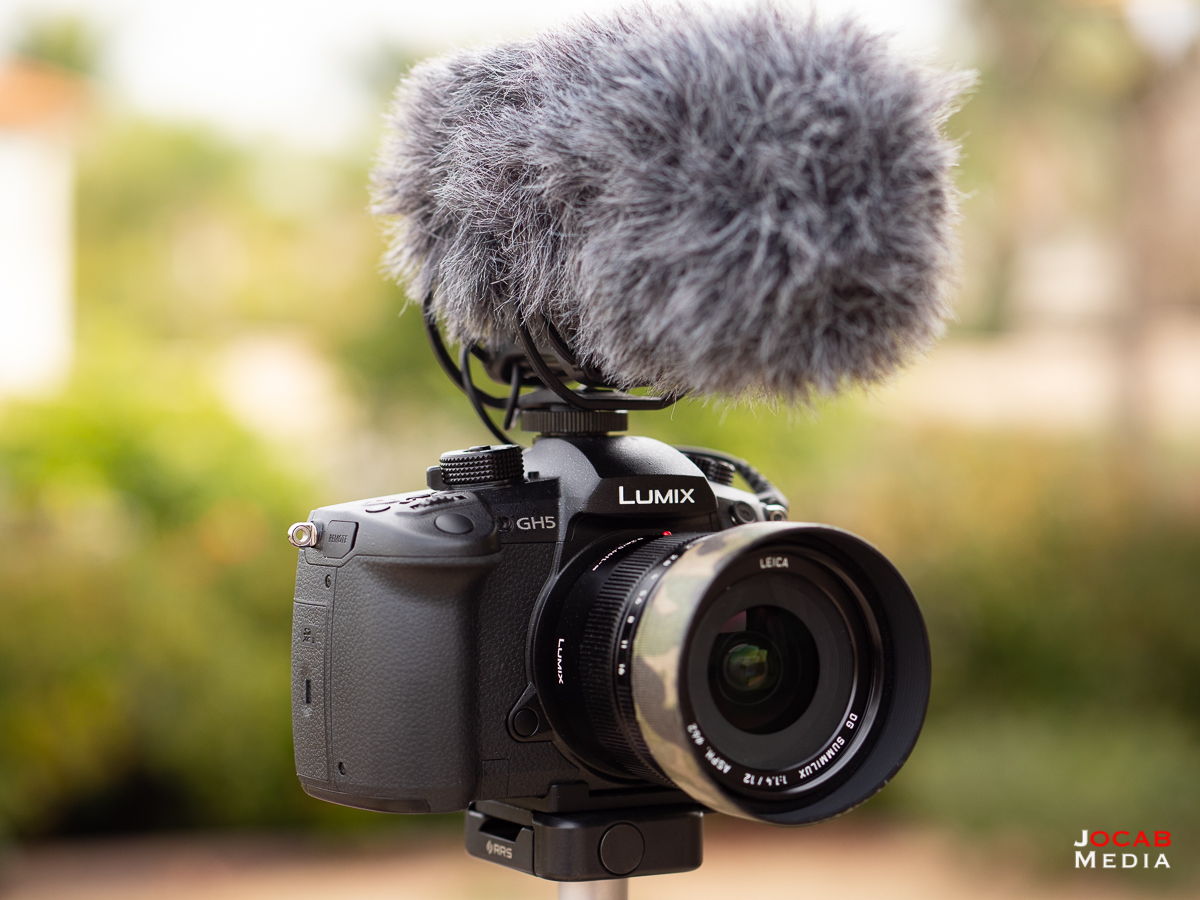
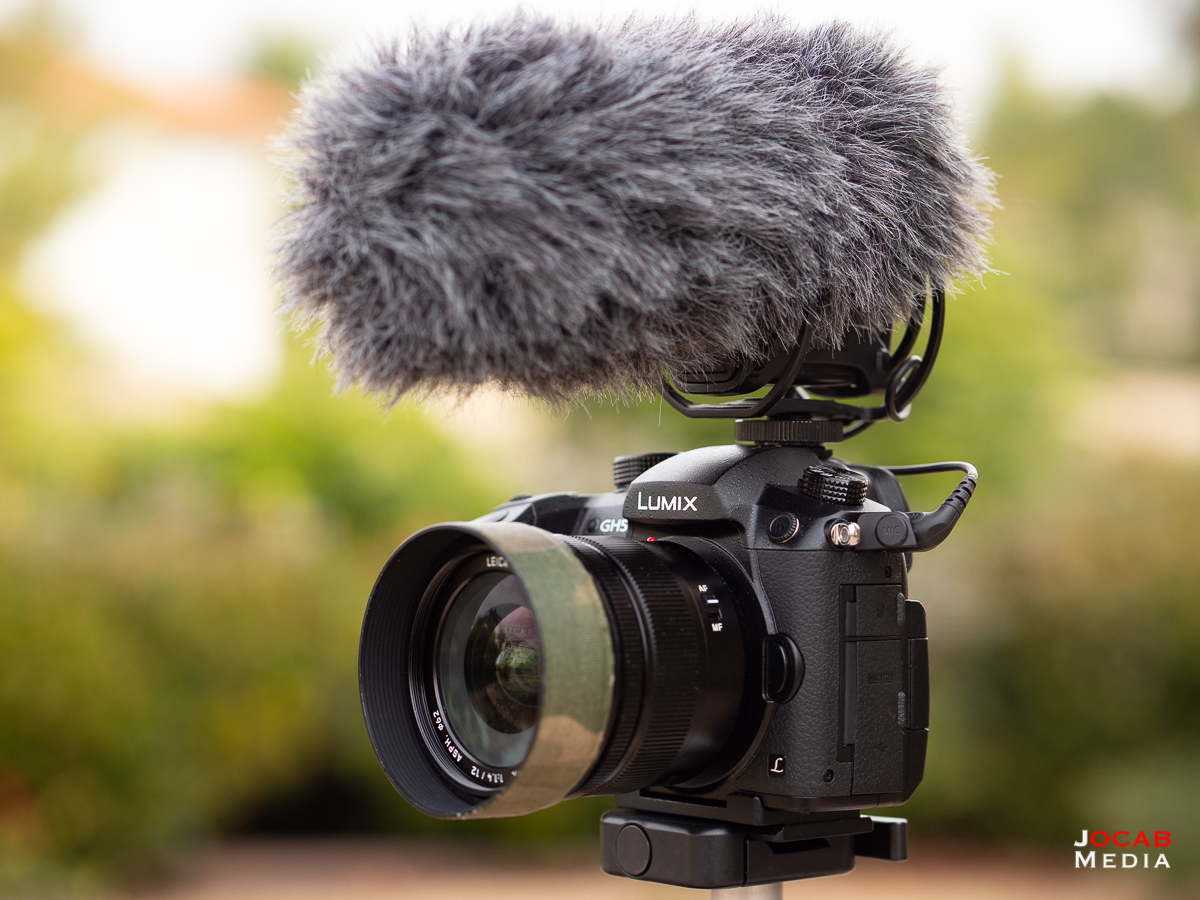
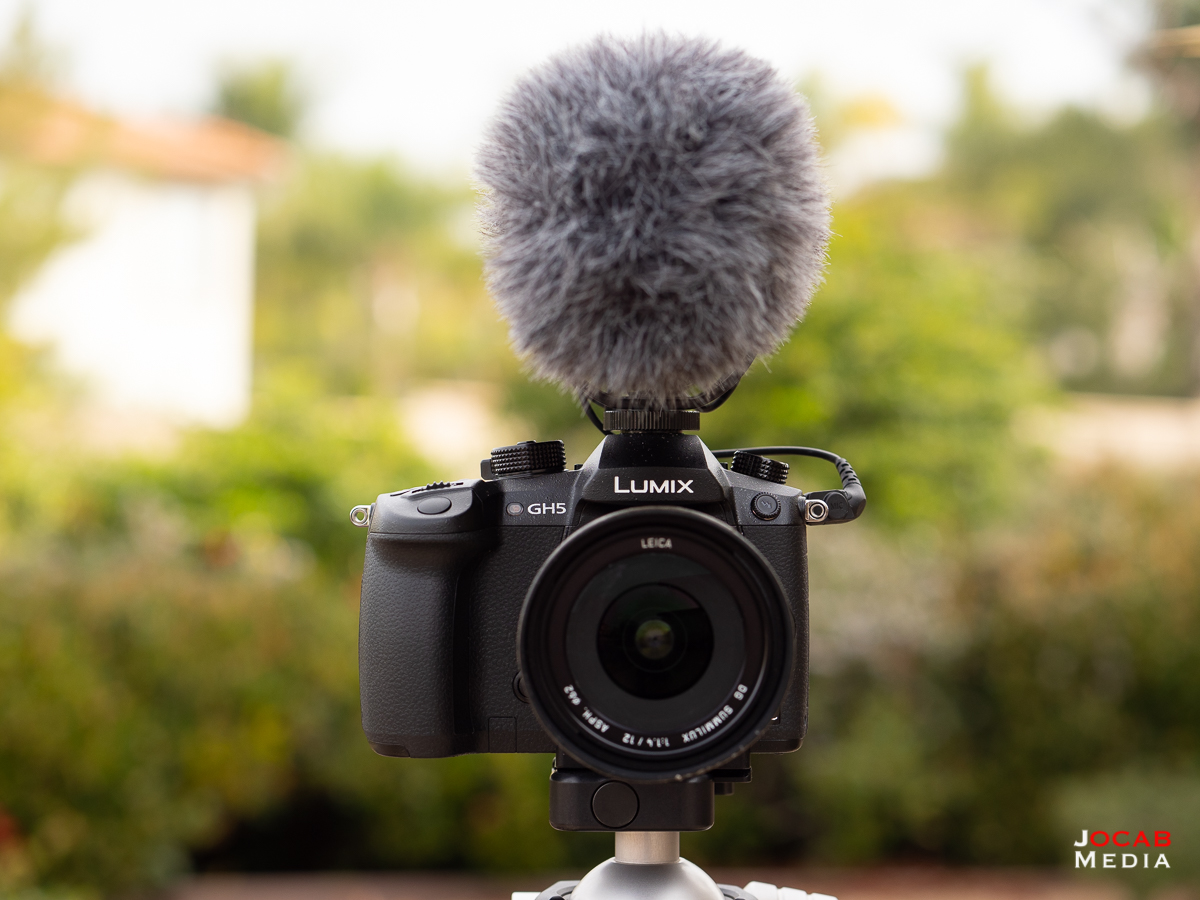
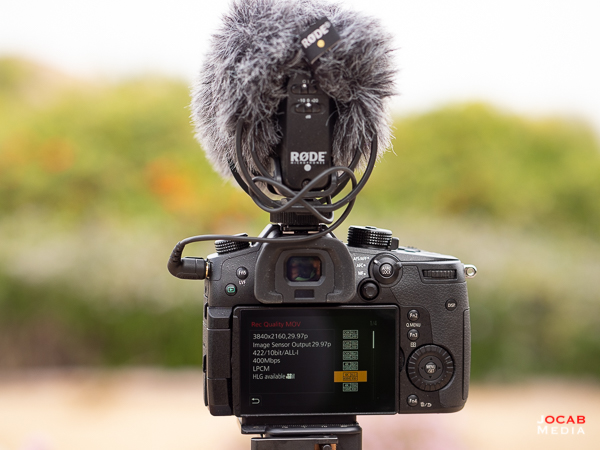
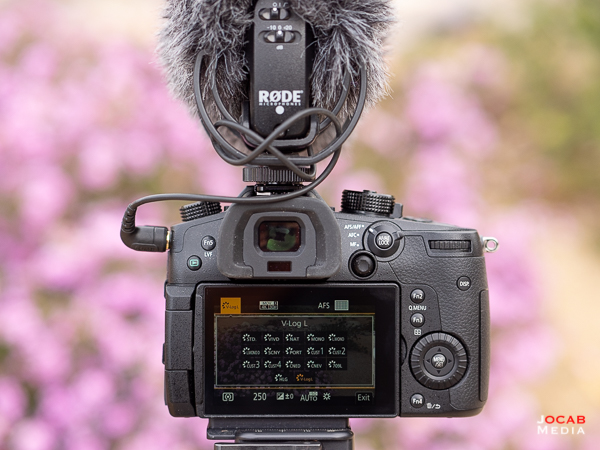
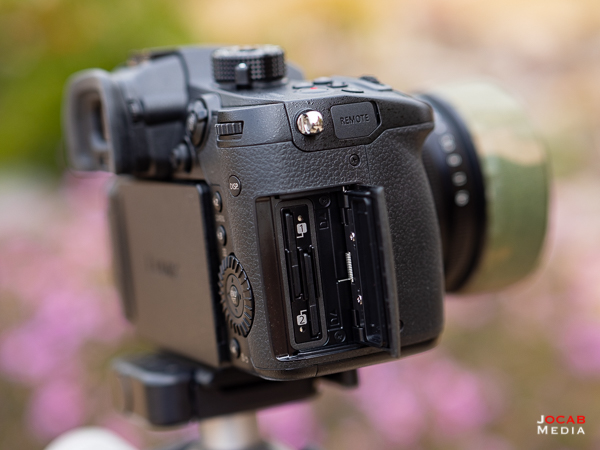
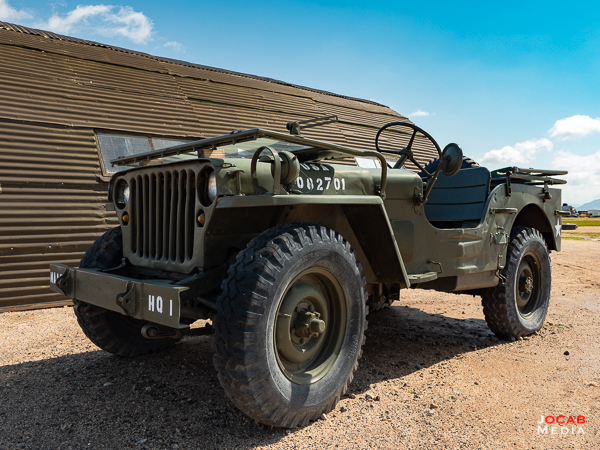

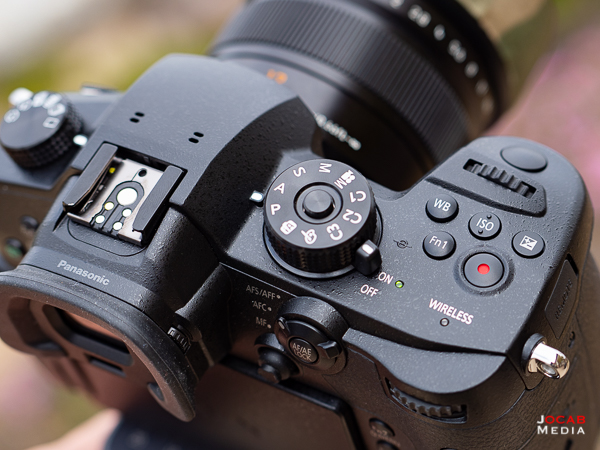
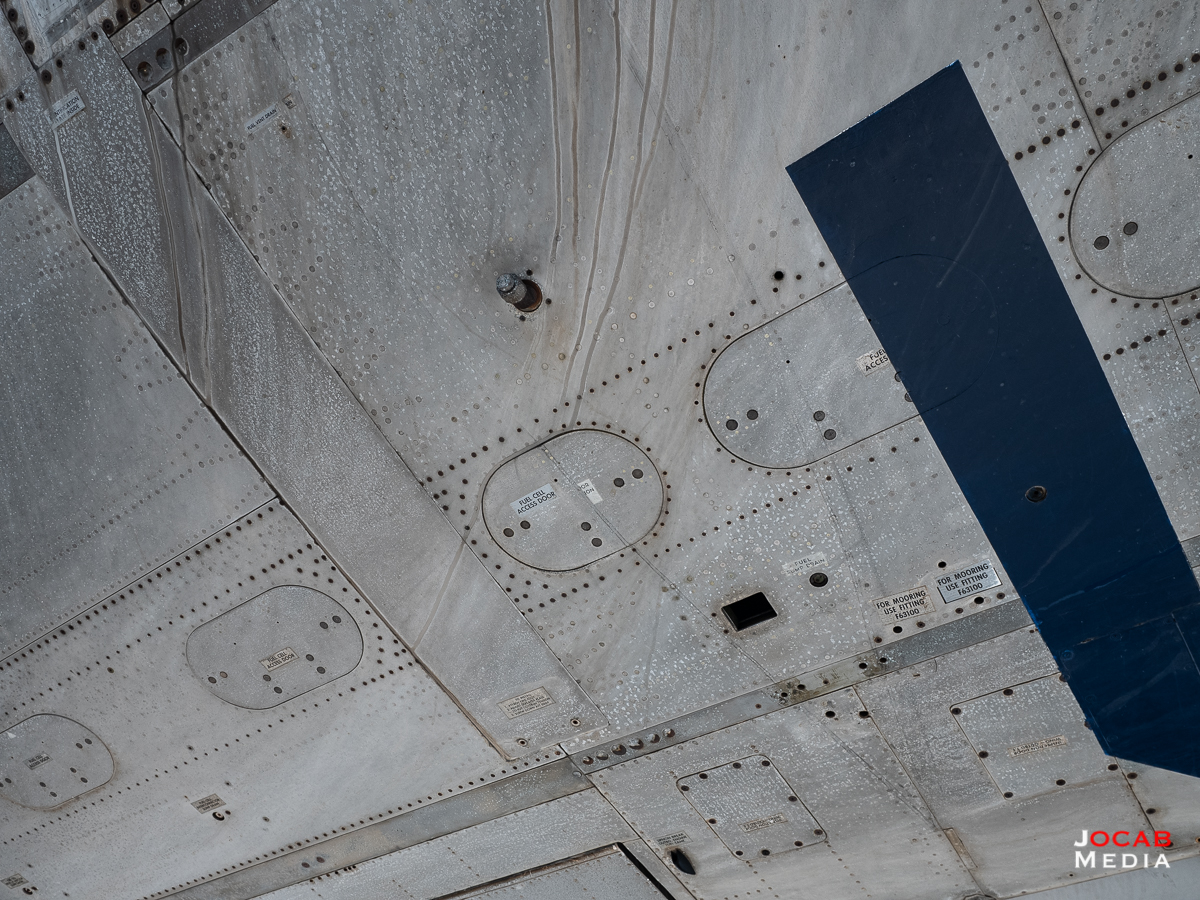


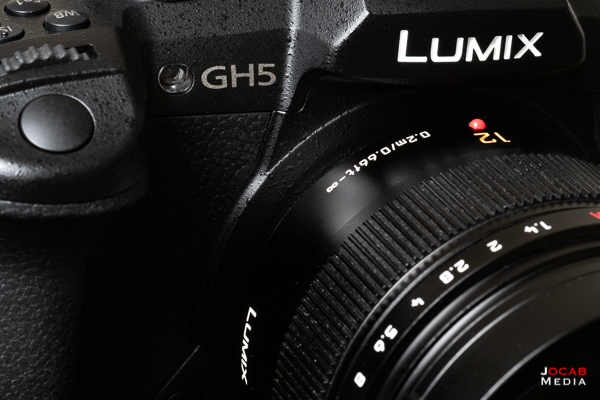
Comment on this post